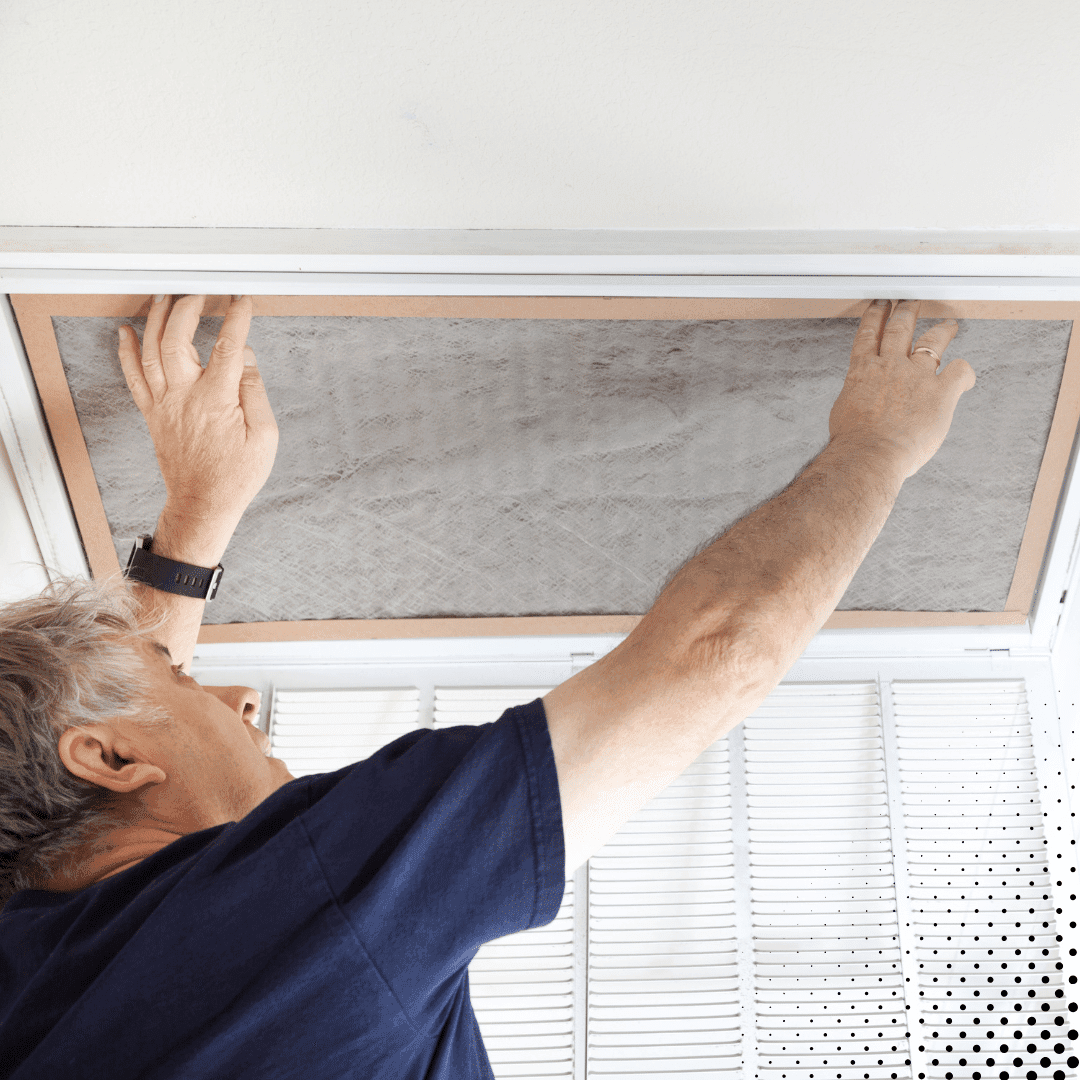Understanding Home Inspection Reports
Home inspection reports are crucial documents that provide a detailed analysis of a property's condition. They outline findings from the inspection, highlighting any issues or areas of concern that may need attention. Understanding how to read and interpret these reports can empower buyers and sellers to make informed decisions about their real estate transactions.
Typically, a home inspection report includes descriptions of the property's systems and structures, photographs of any issues, and recommendations for repairs or maintenance. Familiarizing yourself with common terminology used in these reports, such as "deficiency" or "major concern," can help you better navigate the inspection process and address any potential problems effectively.
Common Home Inspection Myths Debunked
There are several myths surrounding home inspections that can lead to confusion for buyers and sellers alike. One common misconception is that a home inspection guarantees that a property is free of defects. In reality, inspections are designed to identify visible issues at the time of the inspection, but they cannot predict future problems or uncover hidden defects.
Another myth is that all home inspectors are the same. In fact, inspectors can vary widely in their qualifications, experience, and thoroughness. It's essential to choose a qualified inspector who adheres to industry standards and possesses the necessary certifications to ensure a comprehensive evaluation of the property.
Preparing Your Home for an Inspection
Preparing your home for an inspection can significantly influence the outcome and help you avoid surprises later. Start by decluttering and cleaning the areas that inspectors will likely examine, such as the attic, basement, and crawl spaces. This not only helps the inspector access critical areas but also gives a positive impression of the home's upkeep.
Additionally, consider making minor repairs before the inspection, such as fixing leaky faucets or replacing burnt-out light bulbs. These small actions can enhance the inspector's perception of the home's condition and may help avoid raising red flags that could deter potential buyers.
Post-Inspection Steps: What to Do Next
After receiving the home inspection report, it's essential to take the necessary steps to address any findings. If significant issues are identified, you may need to negotiate repairs with the seller or adjust your offer based on the property's condition. Understanding how to approach these conversations can help you navigate the buying or selling process more effectively.
Moreover, if the inspection reveals minor issues, consider creating a maintenance plan to address them over time. This proactive approach not only helps maintain the property's value but also ensures a safe and comfortable living environment for you and your family.











